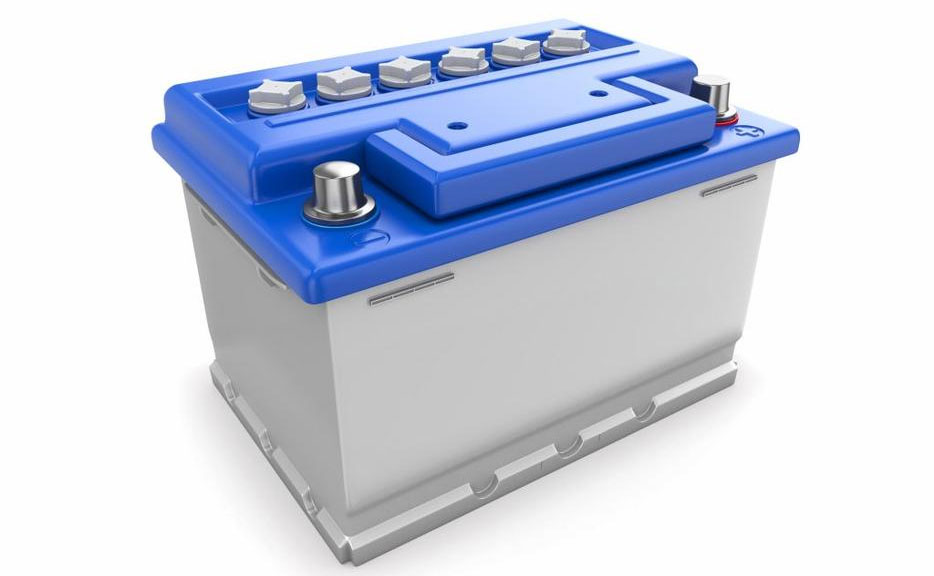LEAD ACID BATTERY
In 1859, lead acid was the first rechargeable battery for commercial use.
Lead alloy is used to make the grid structure of the lead-acid battery. Small amounts of other metals are added to pure lead to provide mechanical strength and improve its electrical characteristics. Additives such as antimony, calcium, tin, and selenium are most prevalent. It is common to hear “lead-antimony” and “lead-calcium” used to describe these batteries.
Grid corrosion on the positive electrode causes material depletion and plate expansion, and this phenomenon makes its cycle life quite limited.


